
Exploring the Kalahari at Tswalu
“Be very quiet,” our guide instructed. “There are three black rhino approaching and if we are lucky, they will come to the water and drink.” We were sitting in folding camp chairs 50 feet from the waterhole sipping gin and tonics and eating the elaborate picnic dinner the Tswalu kitchen had packed for us. The sun had dipped below the horizon and lightning flashed in the distance, hopefully bringing much needed rain to the Kalahari Desert. A wildebeest and her calf were at the waterhole when the rhino appeared. To be in plain sight of three rhino with nothing obscuring the view is a heart-pounding thrill or perhaps it was terror that was causing the thumping in my chest. Despite their ungainly appearance, black rhinos can move extremely fast and be aggressive. I will admit to planning an escape route to the vehicle that involved an ungraceful scamper across the bonnet to the relative safety of the backseat, but the wind was in our favor and they never knew we were there. We sat in complete silence watching the rhinos, wildebeest, and the lone African wild cat that ventured to the edge of the waterhole for a drink. Eventually the night obscured our visibility completely, but we continued to listen to the desert sounds and the wallowing rhinos enjoying their cool mud bath. It is a sublime memory that will stay with me forever, but Tswalu had a way of delivering magnificent moment after moment.
Every game drive yielded another unique experience or a first – walking with habituated meerkats; thirsty lions moving between dry waterholes; my first sighting of sable, roan, springhares, and cape foxes; and a lone, hot warthog that swam a lap in the lodge swimming pool. Tswalu delivered extraordinary wildlife moments as if they were safari norm, instead of the exception. The remarkable did not stop at wildlife sightings, but extended to the food, nothing is too much service, and range of activities from horse riding to sleep outs under the stars. At 110,000 hectares, Tswalu is the largest private reserve in South Africa. With a conservation mission to restore the Kalahari Desert to itself, the land at Tswalu is being converted from cattle ranches to a place teeming with wildlife, although there are no elephants. There is no permanent surface water and the reserve pump water from boreholes into small pans dotting the landscape. It is harsh environment but one that would have historically been home to migratory animals as well as permanent residents who would have adapted to the desert.
We arrived in the middle of a heat wave that was gripping South Africa and temperatures hovered around 105 degrees Fahrenheit. To maximize our comfort and chances of seeing animals whilst active, our activities were scheduled for the very early morning and late afternoon. One morning this involved a 3:30am wake-up call and on another evening we didn’t return to lodge until 10:00pm. All of the guiding is private and if that schedule sounds atrocious, it can be adjusted to suit your wishes, but the intent is to provide guests with the best wildlife viewing possible. Given the size of the reserve, each drive is dedicated to finding one species and to spending as much time with the animals. Tswalu is one of the best places to see pangolin and aardvark and while it was too hot for these nocturnal creatures to venture out, we were treated to incredible wildlife sightings including cheetahs, wild dogs, and every Southern African antelope species.
When I asked my parents what their favorite sighting was, to my surprise they both gushed about the lion sighting. Usually when a guide announces we are going to look for lions, I am a tad dispirited, not because I don’t enjoy seeing lions, but because more often than not they are lazing around in a pile. Lions sleep an average of 20 hours a day and if you have never seen a lion before, it hardly matters if they are sleeping, but I have seen lions on numerous occasions and would much rather look at an impala than a flattened lion in the grass. Despite the early wake-up call, I was excited to hear that we were leaving at 4:00am as I knew this would exponentially increase our chances of seeing active lions.
At Tswalu, the reserve is divided by a public road and the lions reside in the smaller section of the reserve. We were in search of a pride that had encroached on the territory of their rivals, the other resident pride. They had been seen hunting the day before, perhaps spurred to undertake this dangerous mission by hunger or even thirst. Once we came across the first tracks, the anticipation of seeing the lions was enough to awaken us from our early morning stupor. And so began the mission to find the pride. This involved following tracks, losing the tracks, driving around the block (area between the roads) to see whether they have crossed or whether they remained in the block, totally losing the tracks, and finally having the tracker look for signs on foot. After finding lion footprints in the soft sand, our tracker surmised they were heading in the direction of their territory via a waterhole.
As we came around a bend in the road there was the pride – two lionesses and 10 cubs of varying ages, walking in two parallel lines along the road in that perfect early morning golden light. We followed them for nearly twenty minutes until our guide decided to go around them so we could photograph them from the front as they approached the waterhole. When they arrived at the waterhole, it was dry. Safaris can be emotional and watching a 12 member strong pride break into a run when the waterhole was finally in sight only to circle and circle the bits of mud was gut wrenching. Even for apex predators, living through a drought in the Kalahari Desert is tough. These lions were going to have to wait until the pump was activated by the solar panels.
It was only 7:00am, but it was scorching. The lions sought shelter in the shadow of our vehicle. Everyone was waiting for water to start flowing from the hosepipe and when the droplets started, the lions crowded around the pipe jockeying for a prime position. The more dominant members positioned themselves so as to have the best access. There was a lot of snarling and growling over the water, much as they would over a carcass. One of the subadults was directly under the pipe and was so drenched that another thirsty lion resorted to licking his head until he could jockey for a better position. One of the smaller cubs was partially submerged in the mud, relegated to the edge of the melee and completely far from the water source. As the cub sank further into the mud, I wondered if he would be able to extricate himself from the mire. It was a frenzy. The lions, so desperate for water, overcame their distaste of being wet.
After all the lions had their fill they retreated to the shade of a nearby tree, but the lions were not the only animals who were thirsty. Nervous springbok, zebra, and wildebeest approached the waterhole. Two warthog piglets oblivious to the extremely nearby lions drank their fill. All of the activity piqued the interest of the cubs who were too young to hunt, but assumed stalking positions nonetheless. The lionesses were more interested in removing the muck from their fur than hunting which allowed some cautious springbok to risk stealing some sips despite 12 lions in plain sight.
For me, the highlight was meerkats. In fact, it was the primary reason I had suggested that we include Tswalu in our itinerary. We were lucky enough to have a trainee guide with us whose primary responsibility for the past three months had been spending time with two habituated meerkat colonies, the Xhosa and Rock Stars. This involved spending nearly eight hours a days with them to ensure the meerkats remain used to humans and she was able to explain a lot of the behaviors of the meerkats. Due to the drought, the diurnal meerkats didn’t waste any time on house cleaning or grooming as they normally would when they emerged from their burrow in the morning or when they bedded down for the night. There were not as many scorpions (their favorite meal) and the meerkats were foraging as soon as the sun rose and up until the last light. We were able to walk with them as they spread out searching for food. They were constantly chirping which is a contact call so as not to lose one another as they foraged. These busy creatures seemingly only stopped when scanning for danger. Otherwise, they were constantly on the move. It is no wonder that Meerkat Manor made a successful soap opera out of the comings and goings of meerkats.
The Motse lodge at Tswalu is the kind of place where nothing was too much. I joked with my parents that if I asked to see a unicorn someone would probably dress in a unicorn costume or make a unicorn out of icing and put it on a cupcake. The rooms are spacious and fan out on either side of the main lounge and pool that overlook an active waterhole where a parade of sable, warthogs, springbok, and wildebeest came to drink. There is a luxe spa that offers a range of services if you want a bit of pampering in your down time. Meals are sumptuous affairs, but I particularly enjoyed the bush dinner on the top of a vegetated sand dune. Like all upscale lodges in South Africa, there is an airstrip with daily flights departing Johannesburg from Fireblade Aviation at O.R. Tambo International Airport. There is a lounge with a complimentary restaurant for all guests going to Tswalu and the nothing-is-too-much ethos is in full effect at the terminal as well. My mom even joked it was her favorite part of our safari.
Tswalu might not be a traditional safari destination, but it offers unique wildlife experiences, luxury accommodation, and memories that linger long after you depart.
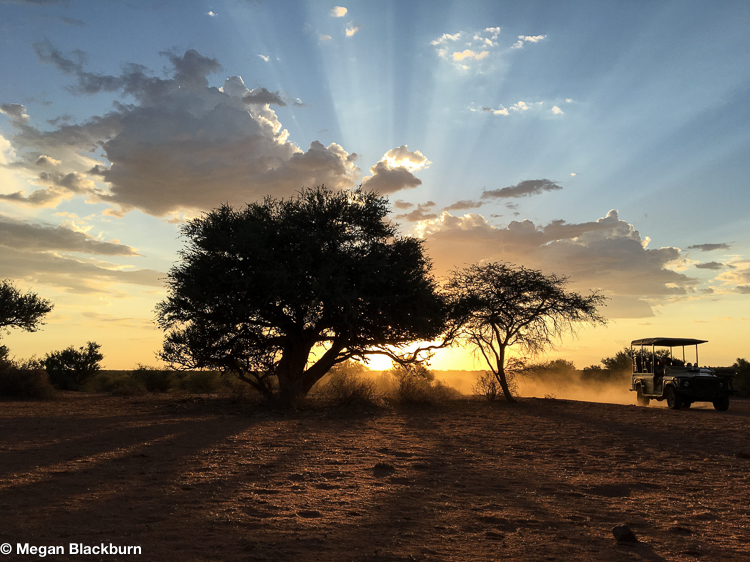
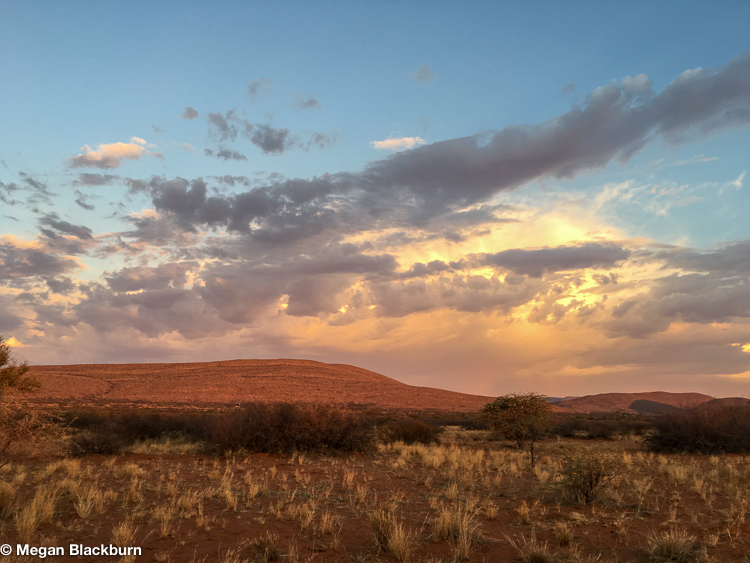
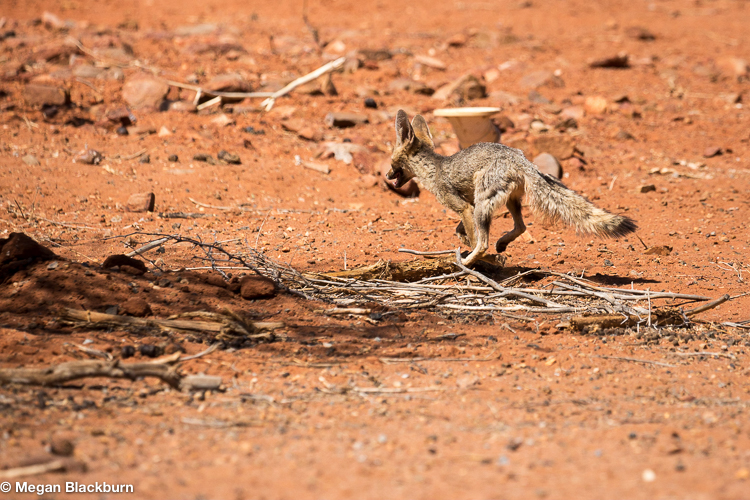
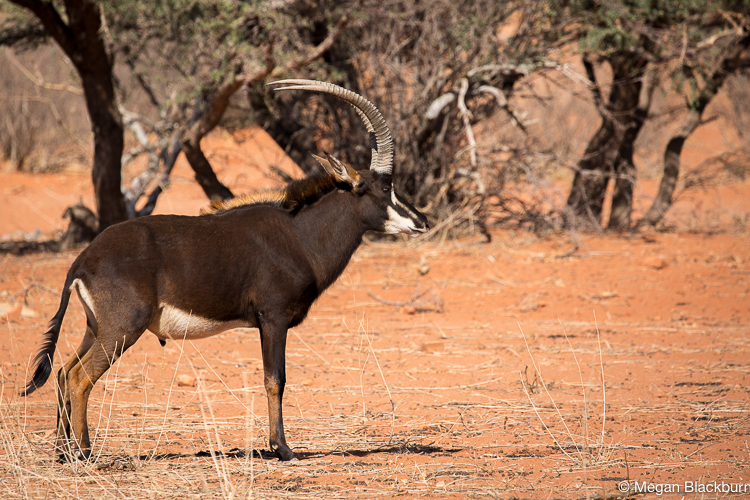
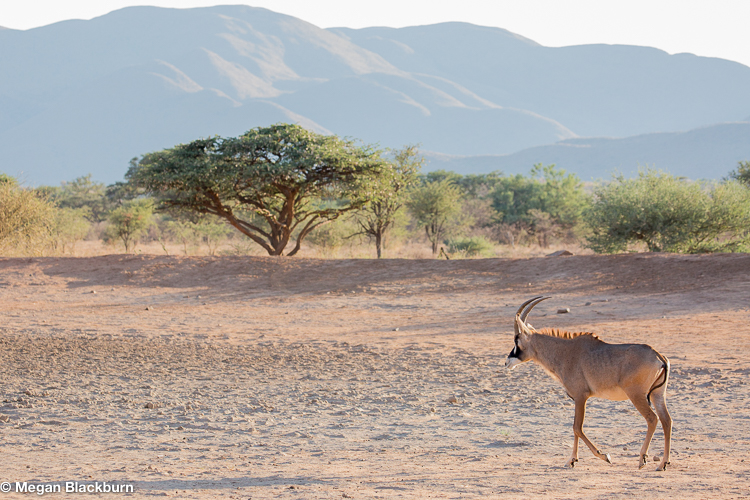
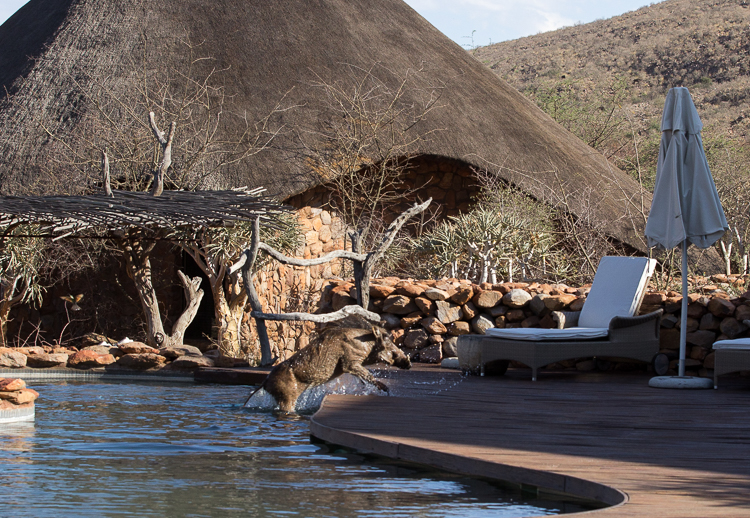
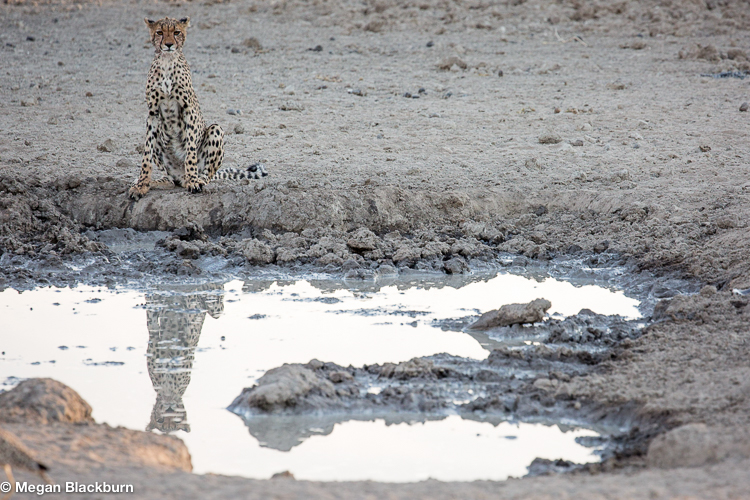
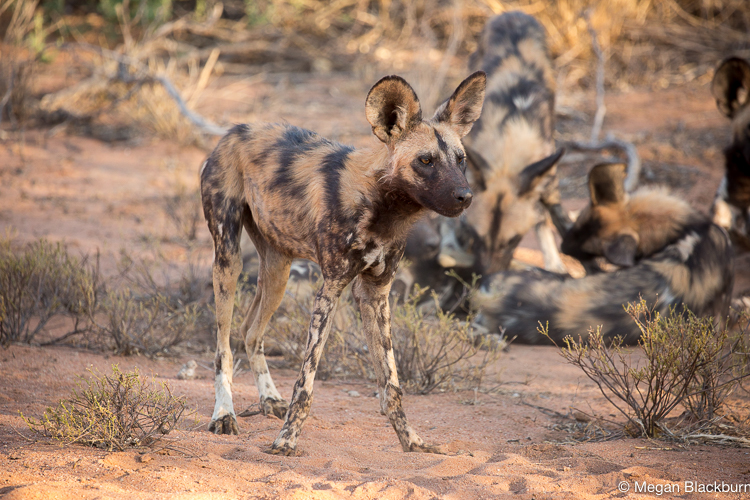
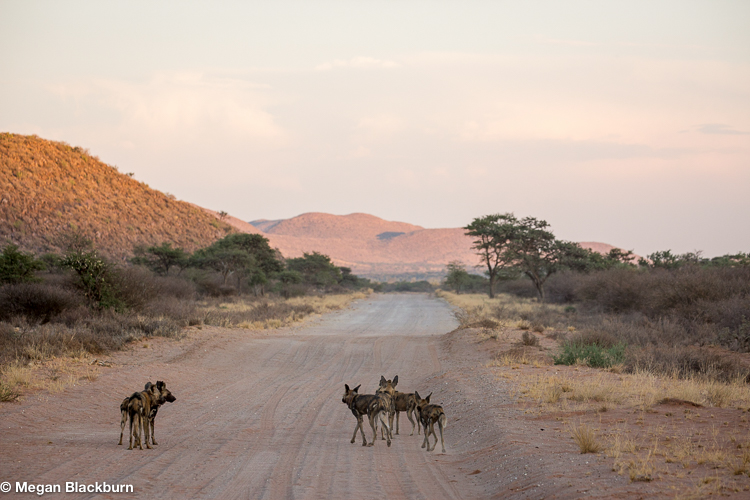
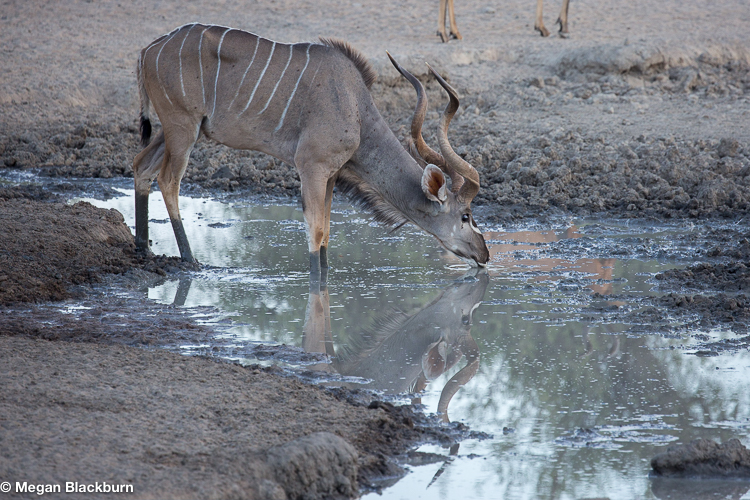
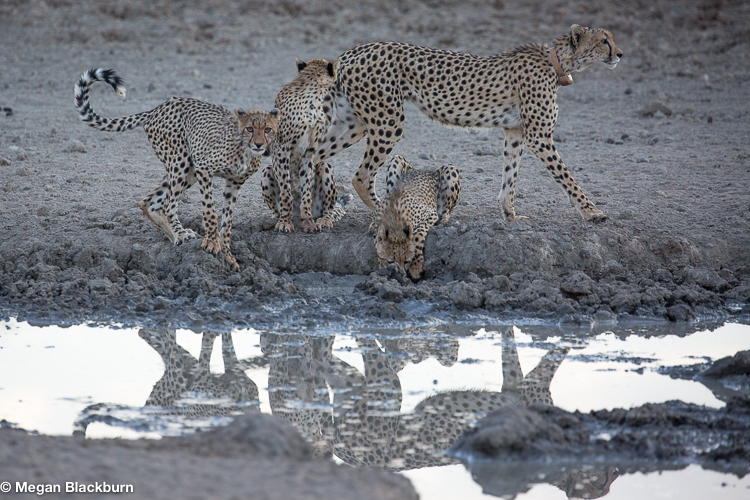
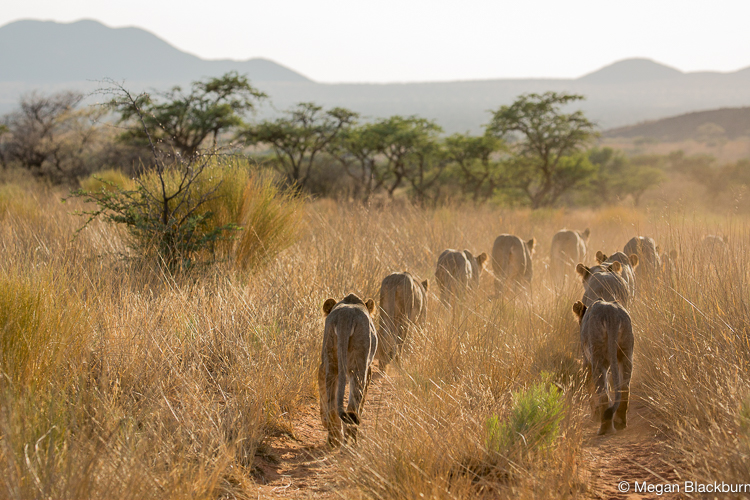
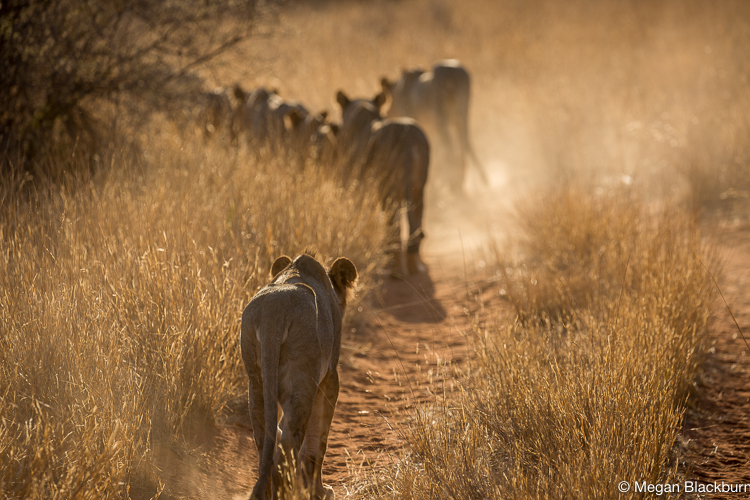
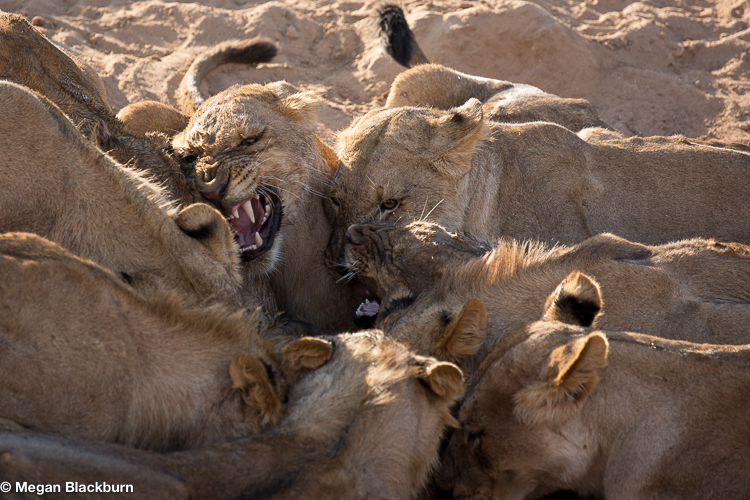
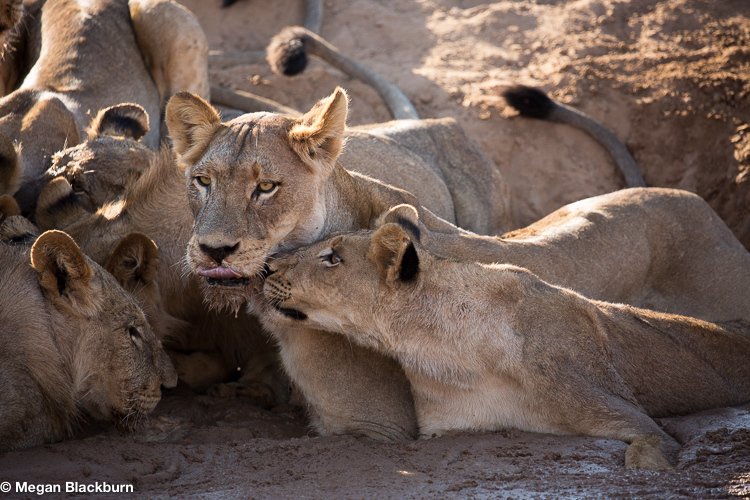
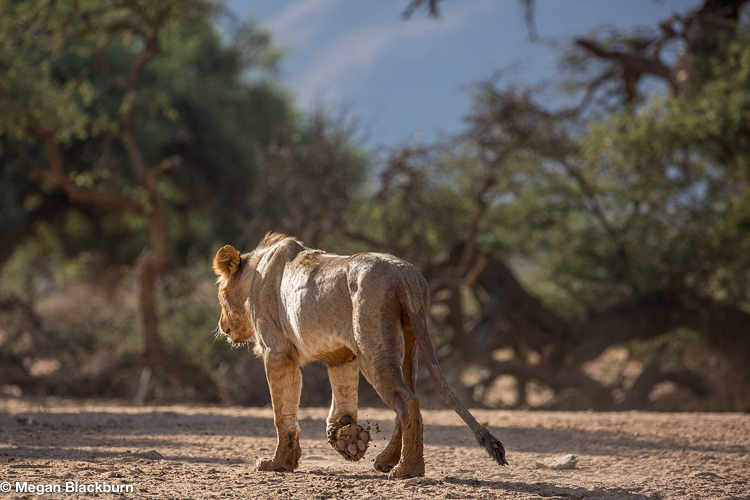
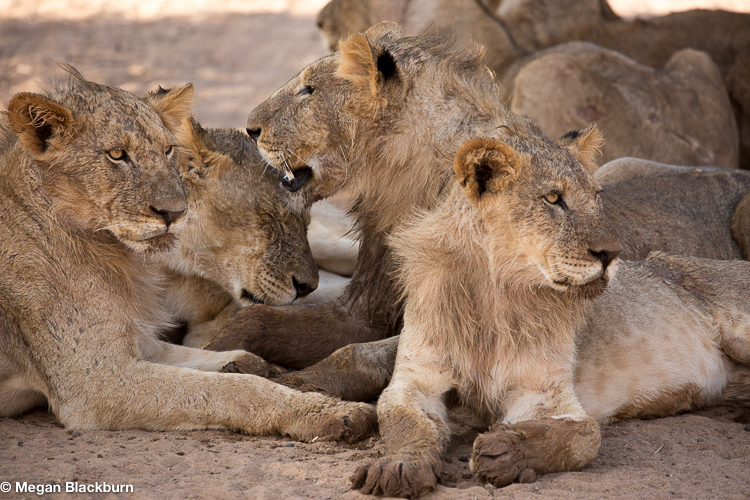
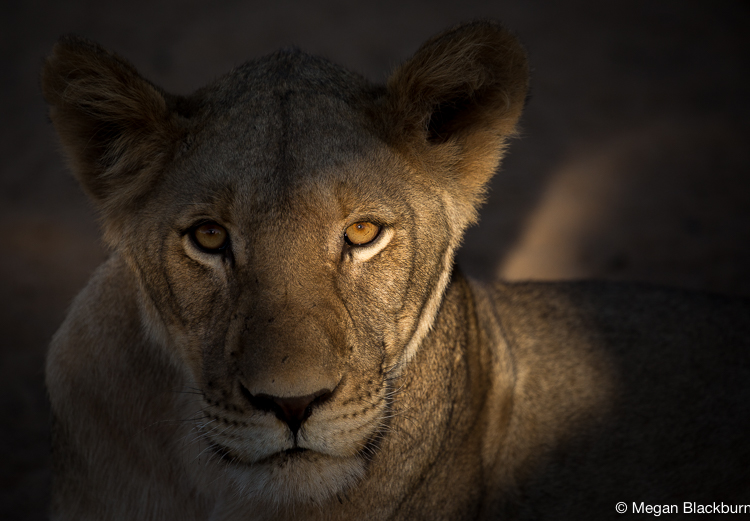
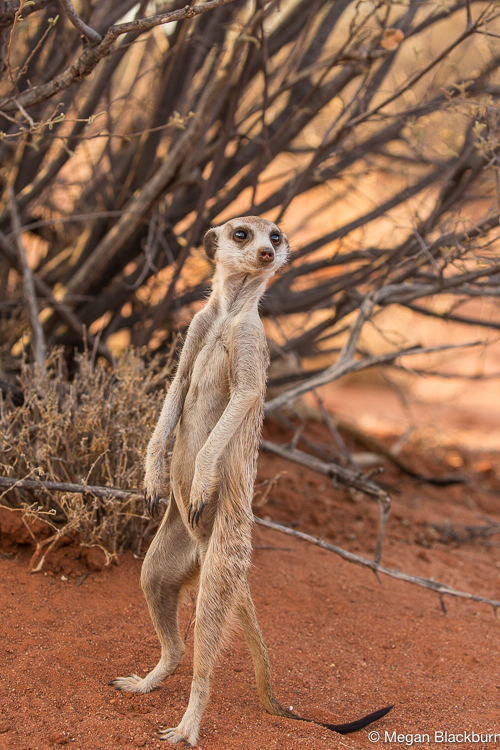
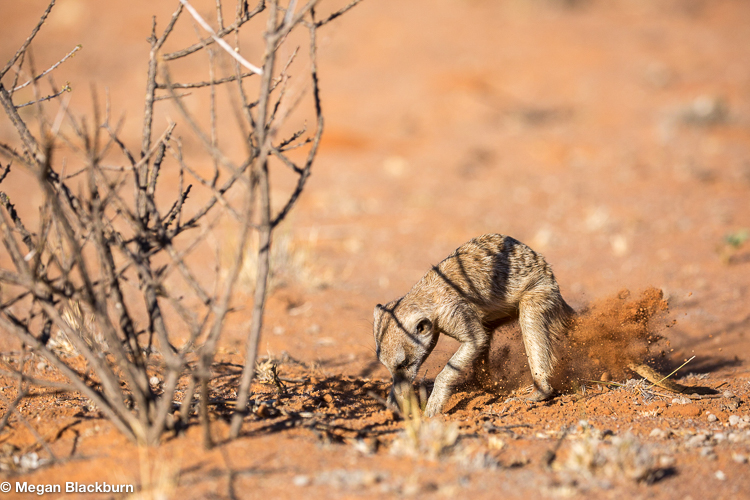
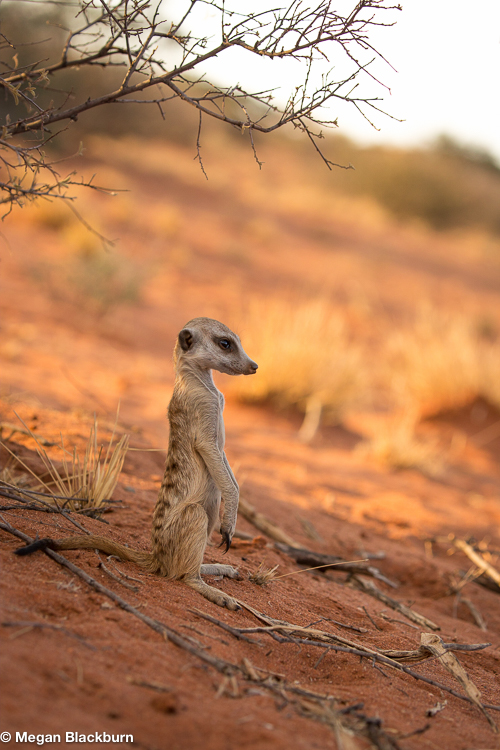
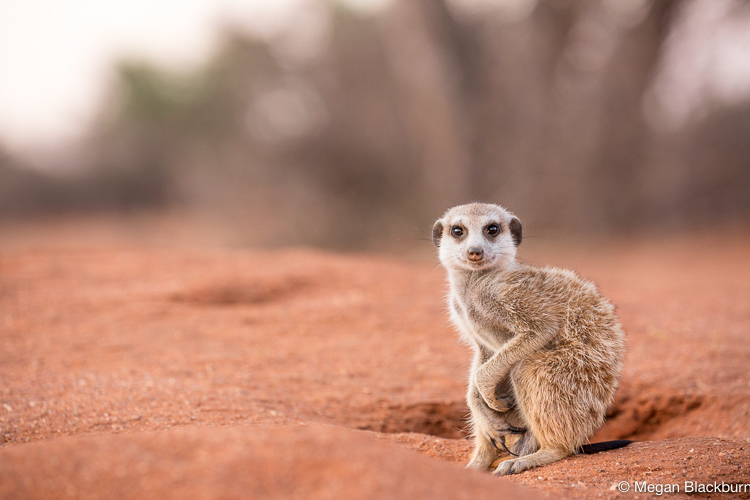
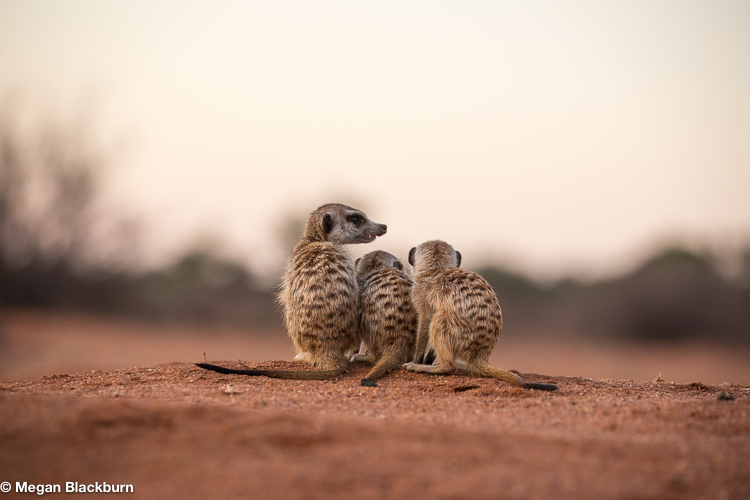
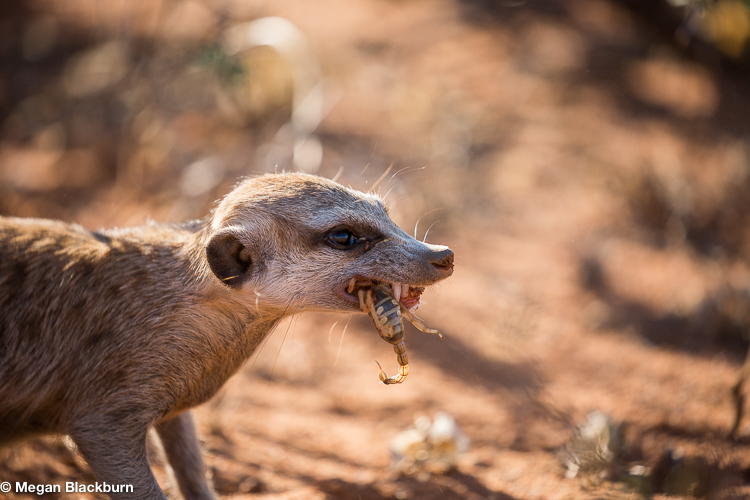
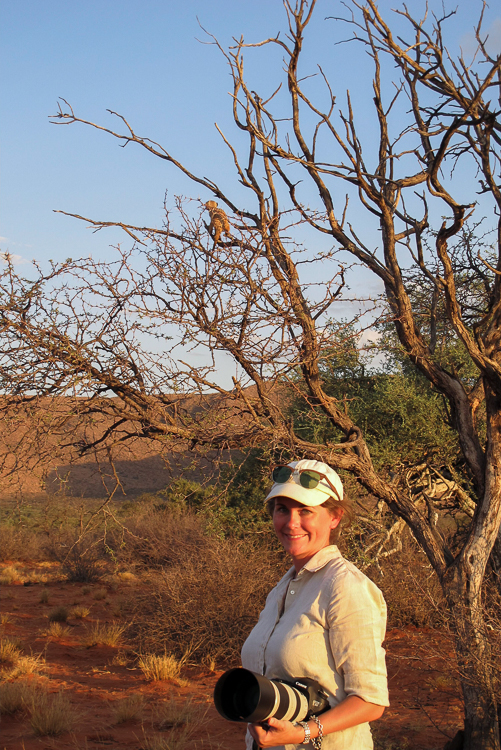



What a great blog post. You captured the experience perfectly.